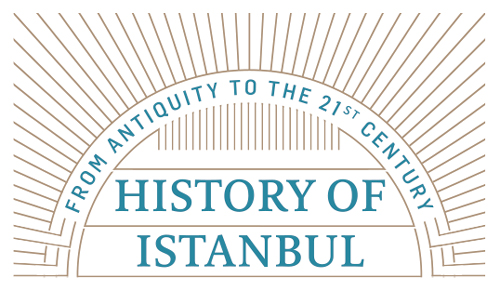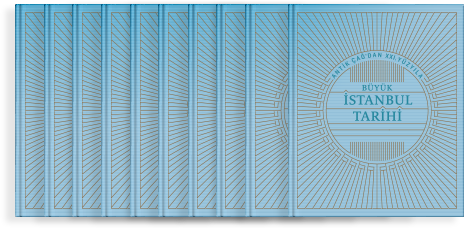In 1930 a French architect and experts from France established a liqueur and cognac factory in Mecidiyeköy on 48 acres of land; this was done on the orders of Atatürk. The Mecidiyeköy Liqueur and Cognac Factory was located on Büyükdere Avenue, previously known as Maslak Road; it was built at an altitude of 108 meters and surrounded by vineyards and orchards. In this factory French experts actively participated in liqueur production until 1939.
Robert Mallet Stevens (1886-1945), the architect of the factory, was an important architect and author of the art-deco period. The “1931 Istanbul-Mecidiyeköy Turkish Monopoly Liqueur Factory” is one of the structures that made him famous in the architectural history. This building is the only example of the cubist architect outside of France.
The Liqueur Factory is one of the earliest examples of rational-modernist industrial architecture in Turkey. Mallet Stevens’ flat-roofed cubic forms are symmetrically placed; the rectangular spans of the roof highlight the horizontal course; the eaves are supported by inclined elements and surround the building; the chimney is supported by pillars and lintels, while the structure with vitrified bricks covers the production halls, standing three stories high; all of these provide excellent examples of the cubist style. The structure is also the architect’s only documented work in Turkey. When the factory was established it was the sole facility to produce alcoholic beverages other than the traditional beverages of wine and rakı.
Being one of the first structures built by the young Republican regime, the Liqueur Factory was constructed with advanced techniques for its time. The factory provided a symbol of the economic policy of the Republican period, aimed at development by industrialization. Being one of the rare structures to be constructed with concrete technology, the factory has undergone several renovations over the course of time. During the renovation in 1960, a chimney was added to the structure. Until 2013, when it was torn down “in order to be reconstructed in accordance with the original,” most of the mechanical and architectural elements, including railings and lightening elements, were preserved.
In spite of the vast area that the building covers, nearly 50 acres when it was built, the closed area of the factory measures less than 5,000 m2. Nearly 90% of the factory’s lands were used to grow scented plants to be used in liqeur production. This feature differentiated the factory from its rivals. While other factories were making liqueur from fruit essence, the Liqueur Factory was making liqueur from fruit.
During the factory’s establishment years, aromatic plants like sage, mint and thyme were grown on the property; this area would later become a football stadium. These tonic plants and the roses grown in the front yard, and the rosewood trees were used in liqueur production. Opposite the factory were a number of rural coffeehouses, on the path that led to these was the Hamidiye water fountain. Until the 1950’s, on the right of the factory was a mulberry orchard. The stream that flows through the center of this area joins the Fulya Stream below. Behind the factory, there was an abandoned villa, which is said to have belonged to a princess.
In 1960, the Ali Sami Yen Stadium was constructed on 13 acres of factory land. While the link and ring roads of the Bosphorus Bridge were being constructed, 11 acres of factory land were transferred to the General Directorate of Highways. The land owned by the factory thus fell to 24 acres.
The Mecidiyeköy Liqueur and Cognac Factory is famous not only for its building and garden, but also for its products. The factory was unique because of the research and development carried out here led to different products that were popular in foreign markets. It is reported that due to the difficulty of competing with the cognac produced by the Turkish factory, the French issued a statement that, “cognac is a registered mark that belongs to the town Cognac.” Upon learning this, Atatürk said, “This drink warms people up and heats the blood; let it be called kanyak” (literally, blood-burner). In 1962, Cognac production was transferred from the Mecidiyeköy Liqueur Factory to the Çanakkale Factory. Before it was closed down, in addition to gin, brandy, vermouth and cinchona wine, a vast variety of liqueurs were also produced.
The factory land, one of the original structures of the Republican period, has been included in the SIT area (site: protected area) not only because of the building, but also because of the old trees and garden. After production was halted, the Tekel General Directorate transferred the real estate to the Finance Ministry. In 2012, the property was sold by TOKİ using the system of profit sharing. The building was demolished in 2013.





